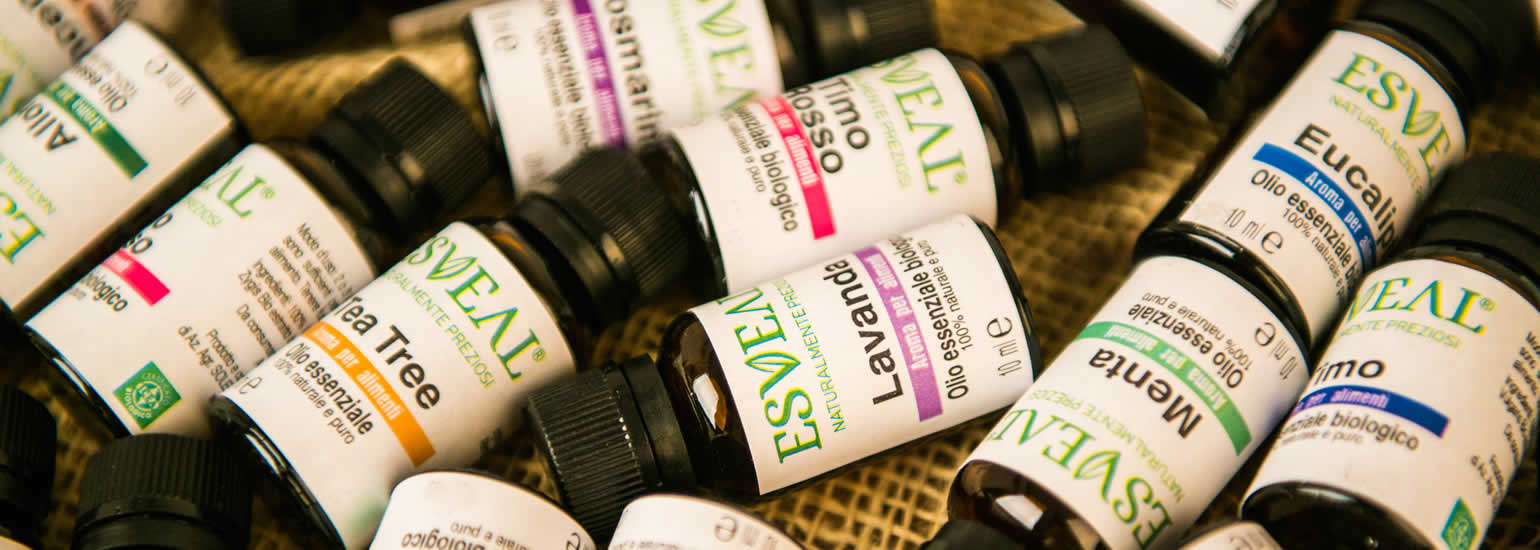
EXTRACTION OF ESSENTIAL OILS
BY STEAM CURRENT .
BY STEAM CURRENT .

.
Related Topics : Good conservation practices for essential oils - characteristics of essential oils - Aromatic waters - Methods of extraction of essential oils - Organic essential oils - Essential oils and astrological functions - Essential oils and olfactory notes - Eucalyptus essential oil - lavender essential oil - lemon essential oil - rosemary essential oil - sage essential oil - thyme essential oil - Operational practice in the extraction of essential oils - Purification and rectification of essential oils - Yield in the extraction of essential oils - Use of essential oils
Fresh plants - when to harvest them
The distillation from fresh plant provides an Essential Oil whose scent is better than that obtained from the dry plant itself. The plant is harvested at the right time of day in its balsamic time. Harvesting usually takes place in the early hours of the morning or evening, never in the warm hours except for some plants which, instead, must be harvested during those hours (e.g. Geranium) to obtain a higher quantity of Essential Oil. The time between the collection of the plant and its distillation must be as short as possible. Some plants (e.g. Orange blossom) must be harvested early in the morning and distilled immediately because the conservation, even for a few hours, triggers destructive fermentation for the Essential Oils altering their yield and organoleptic properties (perfume). In some cases the distillation is carried out directly on the field of collection. The older the plants are, the lower the overall yield in Essential Oil. Only a few plants contain more Essential Oil from the dry than just harvested. This is especially true for roots and rhizomes (e.g. Valerian) that develop their own aroma after an appropriate period of drying.
Step 1 - Preparation
The Essential Oils partly evaporate during drying, storage and transport. The plant must be cleaned by removing parts not suitable for distillation (e.g. petioles). In addition, unwanted parts such as creepers, weeds, etc. are removed. These measures are important in order to obtain an optimal yield of Essential Oil.
Step 2 - Shredding
Shredding the plant is useful to facilitate the detachment of the essential oils from the cells but, if too much chopped, the essences could volatilize or oxidize and the particles too small could pile up and hinder the flow of steam in the distillation chamber. The degree of trituration is a very important factor in the preparation of the material to be distilled and always depends on the part of the plant to be processed. Usually flowers, leaves, shoots, herbaceous plants are distilled without shredding, possibly trying to load the plant mass vertically with the flowered part of the plant facing upwards (this is particularly important for a successful extraction). Seeds, berries, fruits are not crushed if the temperature of the steam is sufficient to open the casings, otherwise they are crushed, coarsely crushed or bruised. Barks, roots, rhizomes and woods are crushed, tearing the tissues, or roughly shredded in such a way that the fragments are not too large and thus avoid the loss of the Essential Oils inside and that the vapour, not being able to penetrate them easily, would not be able to capture them.
Step 3 - Maceration
Distillation may be preceded by maceration of the plant. Maceration is carried out by chopping the plant and soaking it for a few hours in hot water, or by another method reported in the specific texts. This is necessary for plants in which the Essential Oils are not free but combined as glucosides. The fermentation has the task of breaking down the glucosides themselves.
Step 4 - Loading the Distillation Chamber
Once the vegetable has been prepared, possibly moistening it with water or alcohol, it is placed in the distillation chamber to allow the essential cells to relax. It is important that the plant is placed very regularly in the distillation chamber in order to avoid that, between the parts, there are excessive spaces or, on the contrary, that it is too pressed. In the first case the steam would find preferential channels for its passage, in the second it would not be able to pass.
DISTILLATION PROCESS
Cell opening
Once the distillation chamber is loaded, it is closed with a grid and cap and connected to the condenser through the collector. The water tap in the refrigerant inlet opens and the heating system is switched on. The water in the boiler, once it reaches boiling temperature, evaporates, rises through the plant and relaxes it, making it lose its natural consistency and turgidity. The water vapour makes the cell membranes more permeable until they break, thus opening the cells.
Mixture collection
The Essential Oils freed from the essential cells are transported by water vapour and a mixture of Essential Oil and Water Vapour is formed which, rising towards the distiller's helmet, through the collector tube arrives in the refrigerant, where it is condensed and collected in the special collection container. Here we find Essential Oil and distilled water liquids which, being immiscible and of different density, physically separate into the two components. With a few exceptions, Essential Oil has a lower density than water and, therefore, we find it on the surface.
Aromatic Water
The water collected is an Aromatic Water because it contains a small amount of essence dissolved in it. It is used in phytocosmetics or inserted again inside the boiler (coobation) to distil other plants of the same species, or continue the distillation of the same using little water and obtaining a slightly higher yield.
Distillation
The distillation of a vegetable is considered finished when, at the outlet of the condenser, no more drops of Essential Oil arrive or when the level of Essential Oil in the collecting vessel (a graduated cylinder) does not increase after about 30 - 60 minutes.
Related Topics : Good conservation practices for essential oils - characteristics of essential oils - Aromatic waters - Methods of extraction of essential oils - Organic essential oils - Essential oils and astrological functions - Essential oils and olfactory notes - Eucalyptus essential oil - lavender essential oil - lemon essential oil - rosemary essential oil - sage essential oil - thyme essential oil - Operational practice in the extraction of essential oils - Purification and rectification of essential oils - Yield in the extraction of essential oils - Use of essential oils